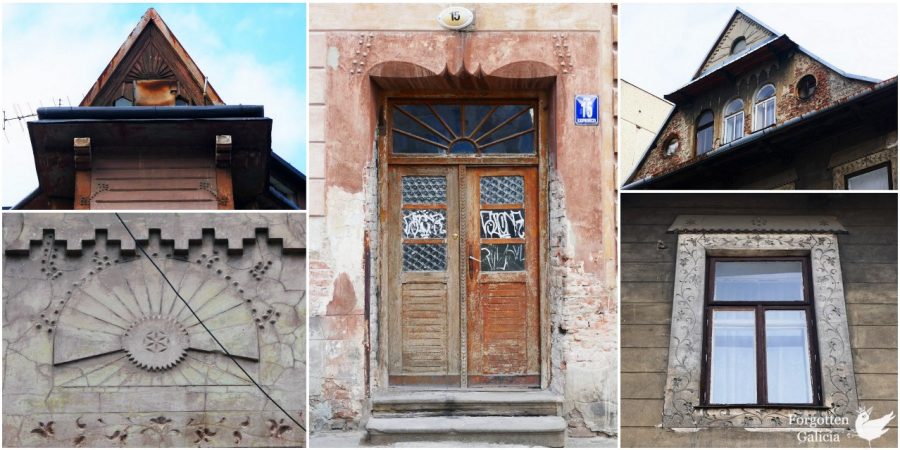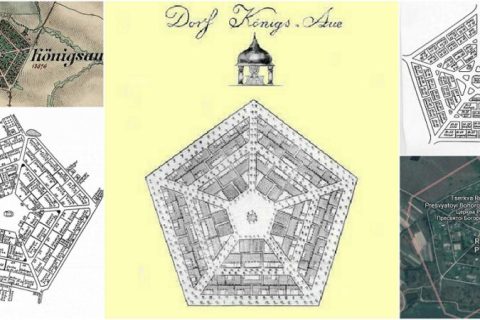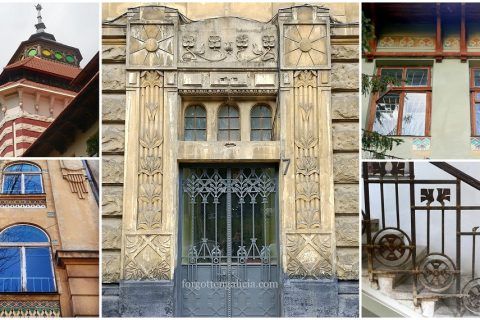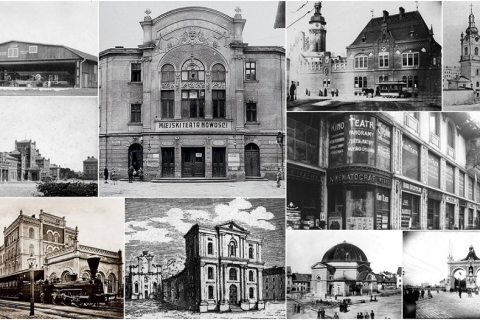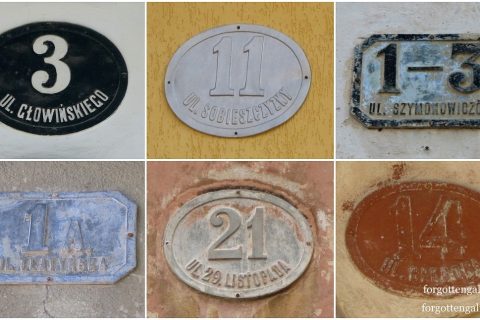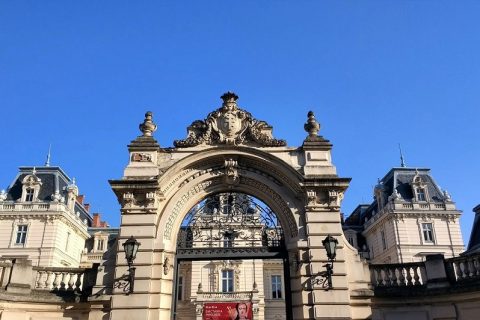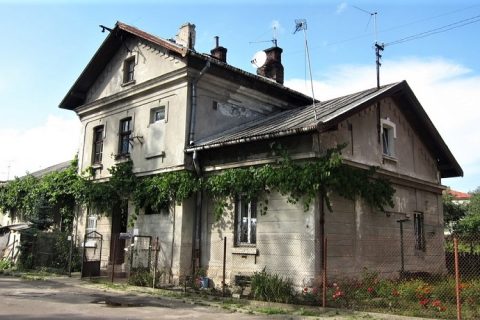Zakopane Style Architecture in Przemyśl
Zakopane Style (Styl zakopiański) architecture is inspired by the folk art and architecture of Poland’s highland region known as Podhale. The style was conceived in the 1890s by architect Stanislaw Witkiewicz and named after the region’s main town — Zakopane. The Zakopane Style combines wooden framing and reinforced stone structures, […]
Read More
